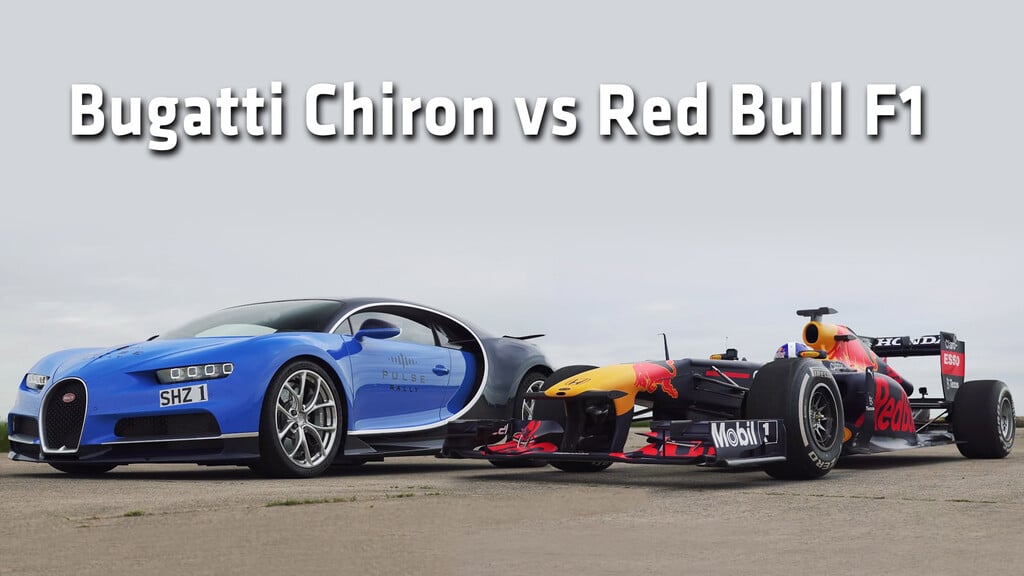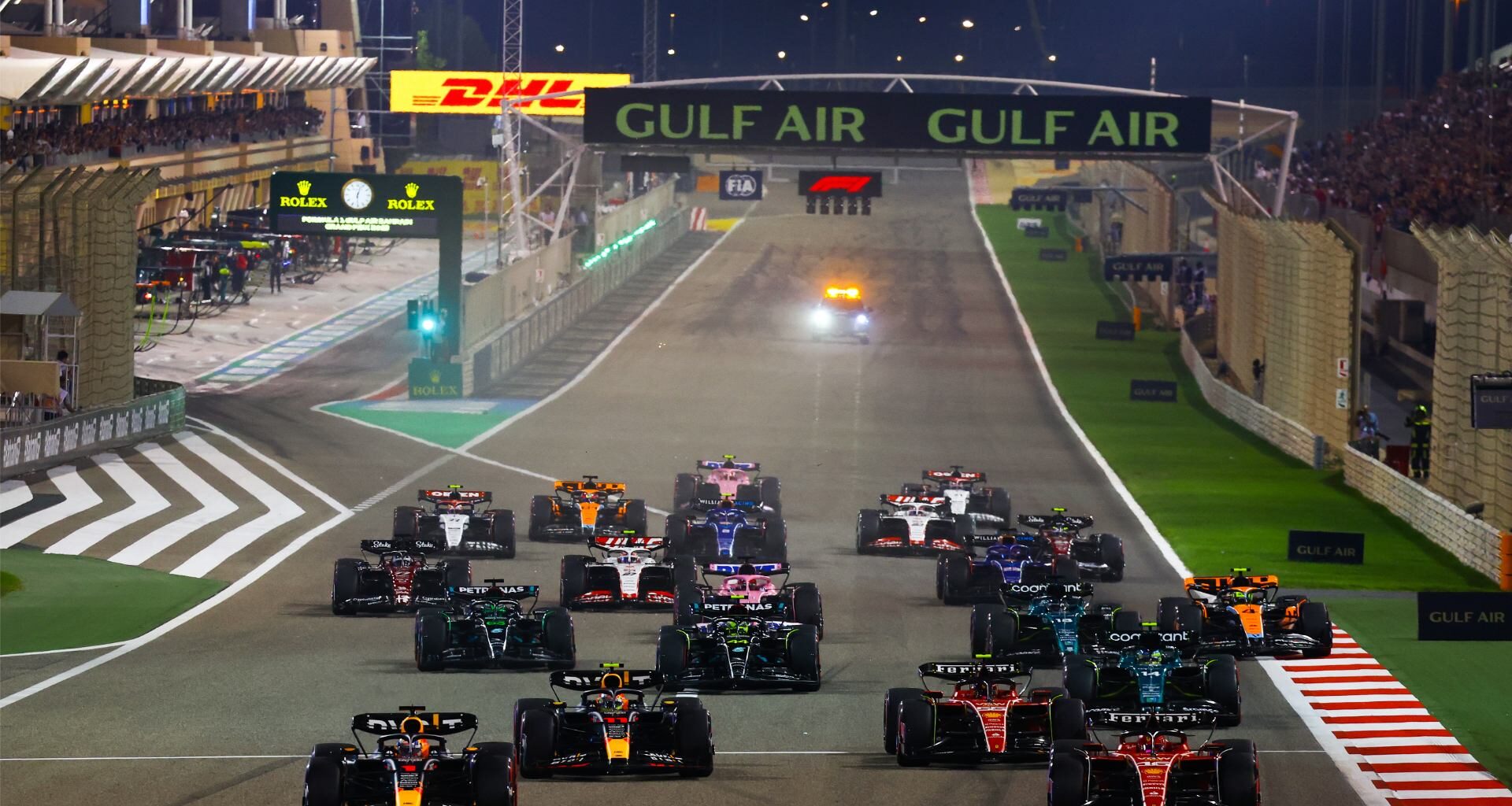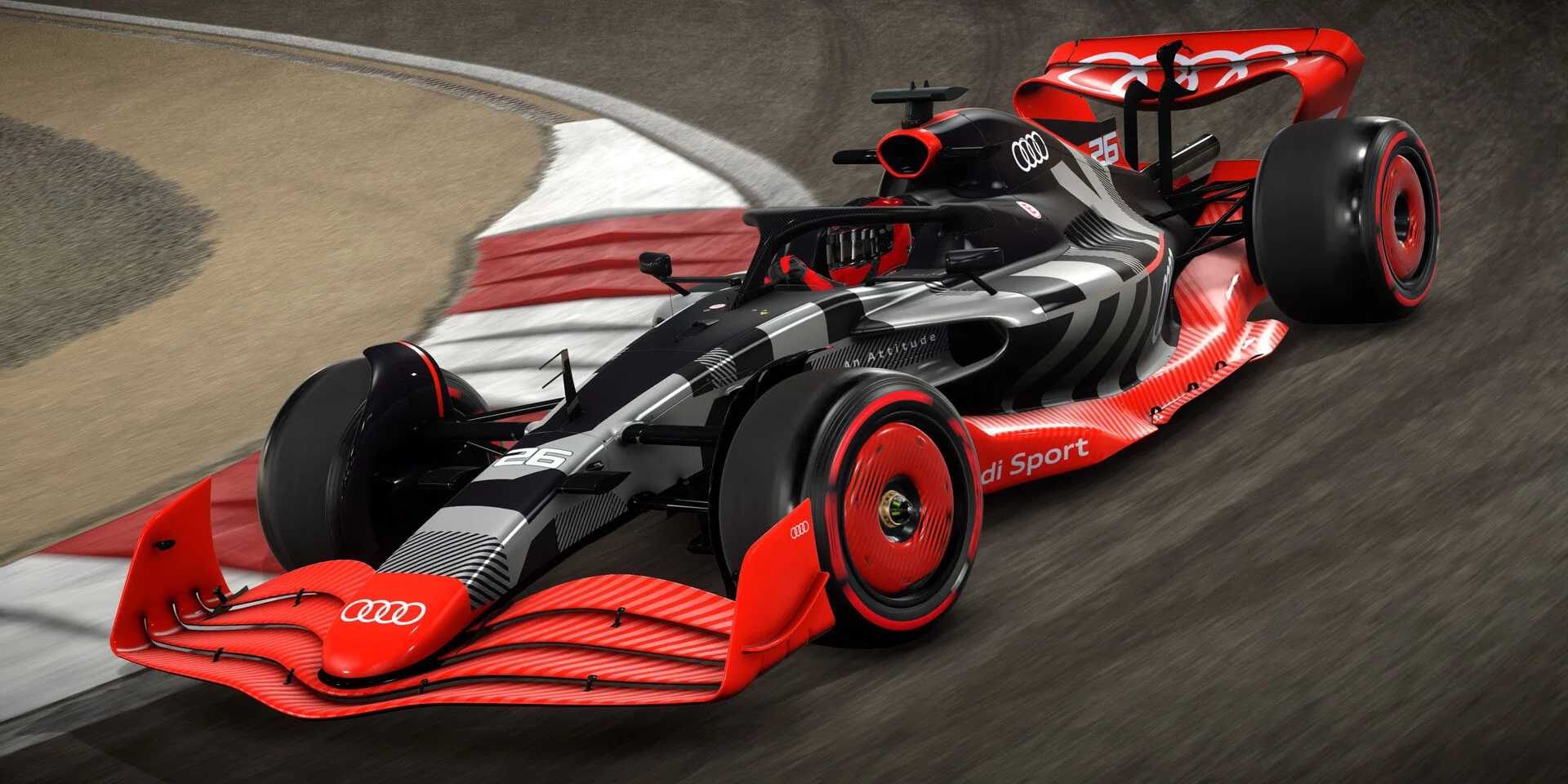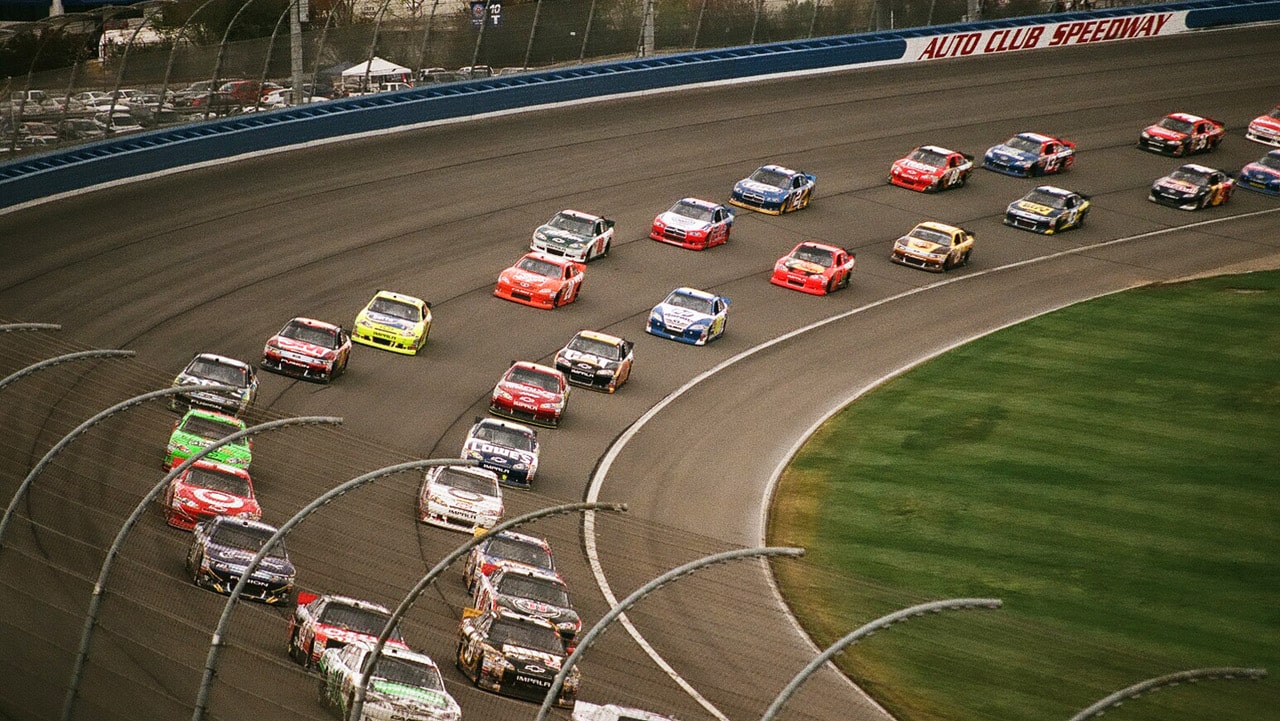Both Bugatti and Formula 1 (F1) cars represent the pinnacle of automotive engineering and performance. Bugatti is a French luxury car brand that produces some of the fastest road-legal sports cars in the world, like the Veyron and Chiron. On the other hand, F1 cars are purpose-built racing machines designed solely for competition at the highest level of motorsports. Though vastly different in their design and purpose, both showcase the extremes of speed, power and handling capabilities in the automotive world.
Table of Contents
Understanding the Mechanics of a Bugatti

The engine power of Bugatti
Bugatti’s flagship model, the Chiron, is powered by an 8.0L quad-turbocharged W16 engine producing 1500 hp and 1180 lb-ft of torque. This immense power is sent to all four wheels via a 7-speed dual-clutch transmission. Bugatti has specially designed the Chiron’s drivetrain and suspension components to handle this extreme performance. The Chiron can accelerate from 0-60 mph in just 2.4 seconds on its way to a limited top speed of 261 mph.
The design of Bugatti
Though immensely powerful, Bugattis are also designed for stability and control at high speeds. The Chiron has a full carbon fiber monocoque chassis making it lightweight yet rigid. Active aerodynamics help keep the car planted using automatically adjusting front/rear spoilers and underbody panels. Large air intakes channel air to cool the brakes and engine. Michelin worked with Bugatti to develop a special tire with increased load capacity to handle the power.
Understanding the Mechanics of F1 Cars
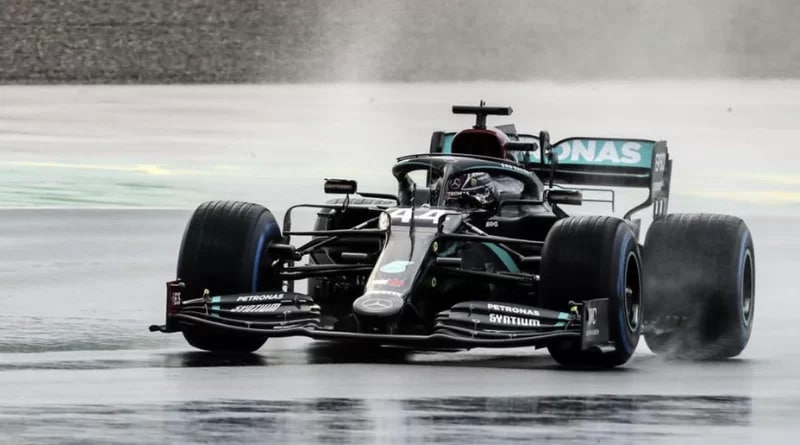
The engine power of F1 cars
Modern F1 cars use 1.6L turbocharged V6 hybrid power units producing around 1000 hp. Their engines are limited to 15,000 rpm, far higher than road cars. F1 engineers use exotic materials like titanium and tungsten in engine internals to withstand immense stresses. Energy recovery systems harvest heat and kinetic energy under braking to provide a power boost.
The aerodynamics of F1 cars
While Bugatti focuses on stability, F1 cars prioritize maximum downforce and grip. They use inverted airplane wing profiles and complex bargeboards, flicks and slots to generate over 5000 lbs of downforce pressing the car onto the track. To counter the drag this creates, teams sculpt the car’s underside to accelerate airflow. F1 cars weigh around 1500 lbs with ultralight components of carbon fiber, titanium and magnesium.
Maximum Speed Comparison: Bugatti vs. F1
In terms of outright top speed, Bugatti wins hands down. The limited production Chiron Super Sport 300+ hit a record 304 mph in 2019. In contrast, the highest speed an F1 car has recorded was 246 mph. F1 cars are geared and designed for cornering forces, not straight line speed. An F1 car would likely outpace a Bugatti in most real world conditions, but fall behind on an extremely long straight.
Performance on Different Racing Circuits
Bugatti’s performance on various circuits
Given their immense power, Bugattis would certainly post fast lap times on any racing circuit. But their strength is unlimited top speed on long straights. On tight and technical tracks with lots of corners, their acceleration and cornering grip would be challenged. Bugatti’s weight and tire compound are not ideal for track racing conditions. Active aero only provides minimal downforce for cornering.
F1 car’s performance on various circuits
F1 cars are purpose-built for lap time performance, using cutting edge aerodynamics, suspension and tires. They can generate over 5G of cornering force, allowing them to take turns at incredible speeds. An F1 car’s strength is technical tracks with sequences of fast bends where they can carry momentum. Given this ability, an F1 car would certainly outpace a Bugatti on any closed circuit.
A Look Into Bugatti and F1 Costs
Both come with an astronomical price tag, though Bugatti is relatively more accessible. A base Chiron starts around $3 million USD, going up to $10 million for special editions. On the other hand, an F1 team’s budget including design, operations, and drivers regularly exceeds $500 million per season. Constructing a single F1 car costs upwards of $10 million. While the F1 car is far more expensive as a whole, they are not directly purchasable like a road-going Bugatti.
Driver’s Perspective: Experiencing the Speed
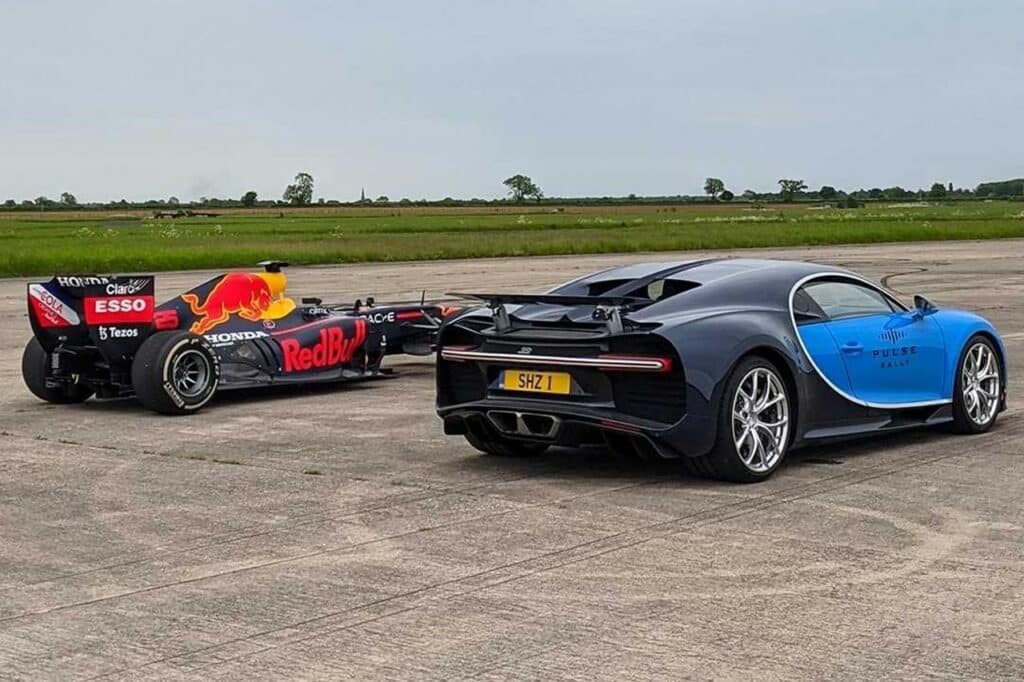
Driving a Bugatti at high speed
Piloting a 1500 hp Bugatti at over 250 mph must be an intense experience. The driver would feel the raw acceleration of the W16 engine and high speed stability from active aero and advanced tires. While planted, requiring utmost concentration and effort to control the beast at its limit. The specially designed cabin and seats keep the driver rigidly in place against huge g-forces.
Driving an F1 car at maximum speed
Strapped into an F1 cockpit mere inches off the ground, roaring past 200 mph takes immense skill and conditioning. F1 drivers withstand over 5G of lateral force in corners, enough to cause blackouts. They use racing harnesses, helmets and HANS devices to prevent injury at these extremes. Racing at ten tenths in an F1 car is described as walking a tightrope between grip and catastrophe.
So, Which is Faster- Bugatti or F1?
There is no clear answer, as they excel in different metrics. In terms of sheer top speed, the Bugatti Chiron and its variants hold the record. But F1 cars would dominate lap times on any closed circuit with their extreme cornering abilities. In most measures, F1 cars edge out the supercar: acceleration, braking, lateral grip. But the Bugatti provides an unmatched rush at extreme speed with far more comfort and luxury.
Conclusion
Both Bugatti and Formula 1 represent the pinnacle of speed machines. Bugatti makes the fastest production road car, while F1 showcases the absolute limit in racing engineering. The Chiron beats F1 in top speed tests, but falls behind on technical tracks. While an F1 car ultimately edges out the supercar around a circuit, experiencing either at their limit satisfies dreams of going as fast as technologically possible.
